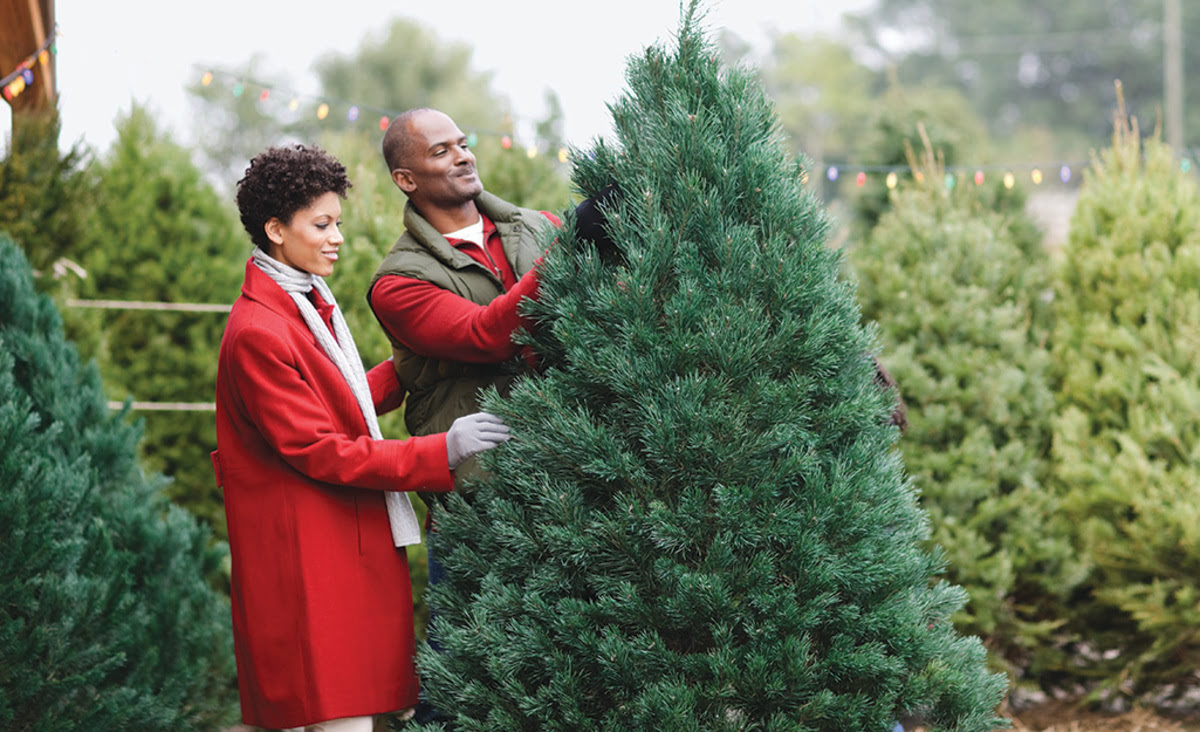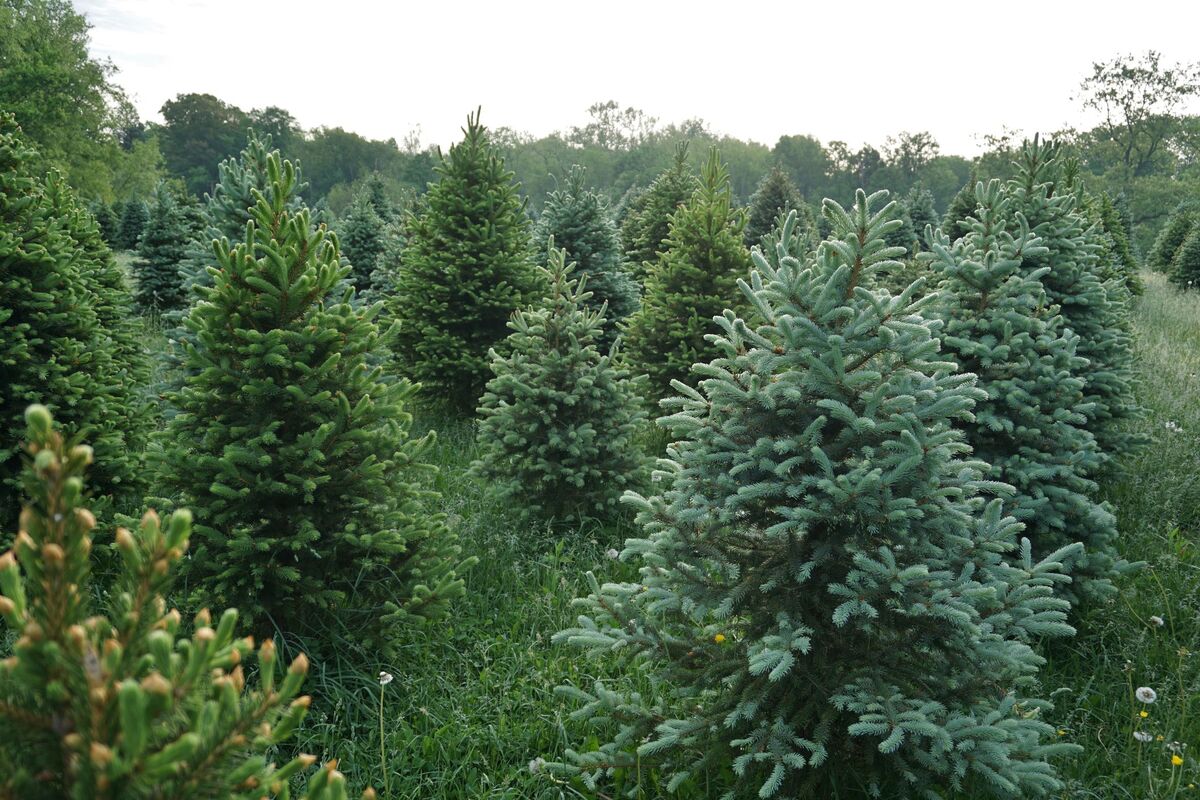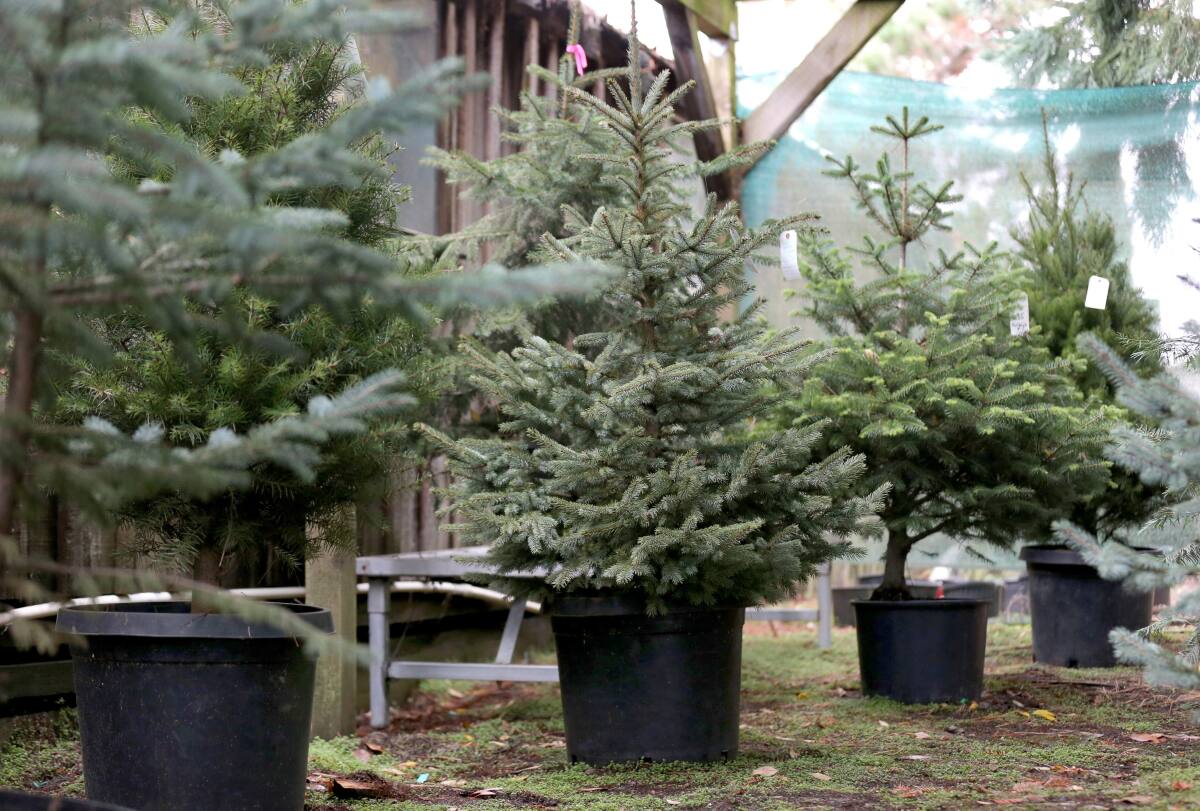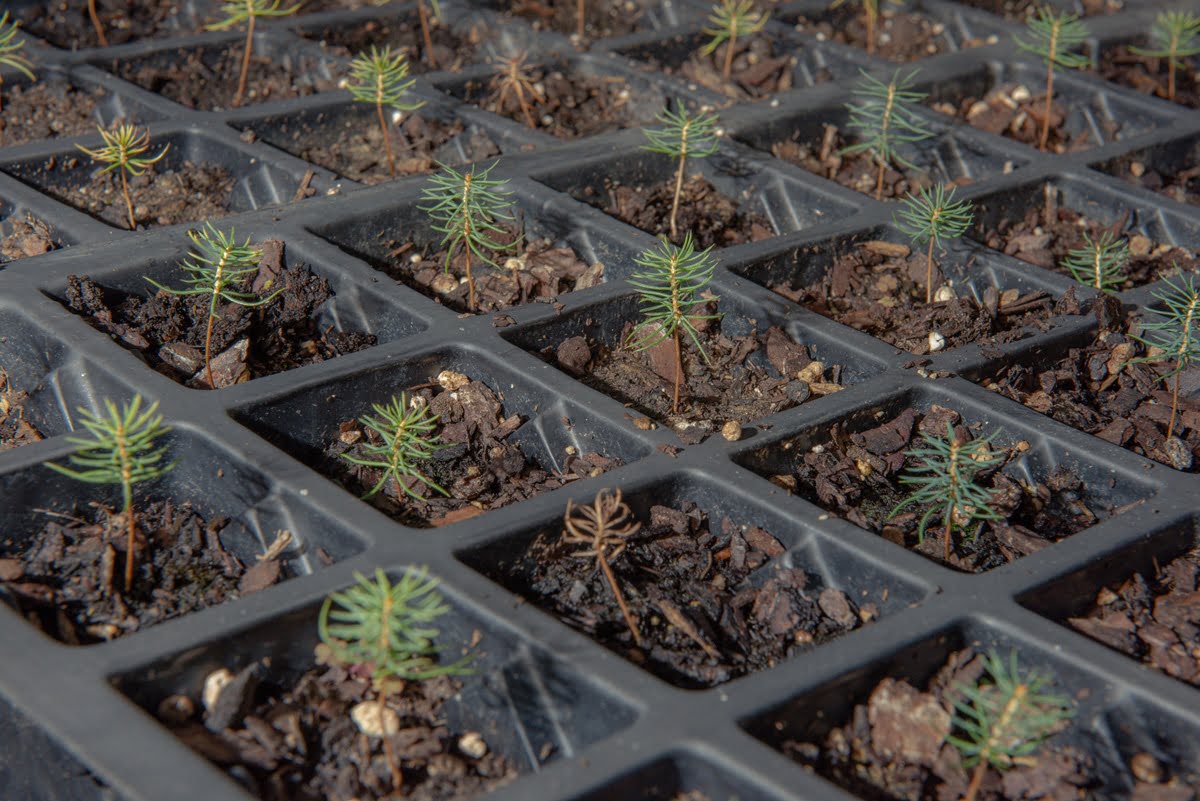Home>Gardening News and Trends>Latest News>Which Country Is The Largest Exporter Of Christmas Trees?
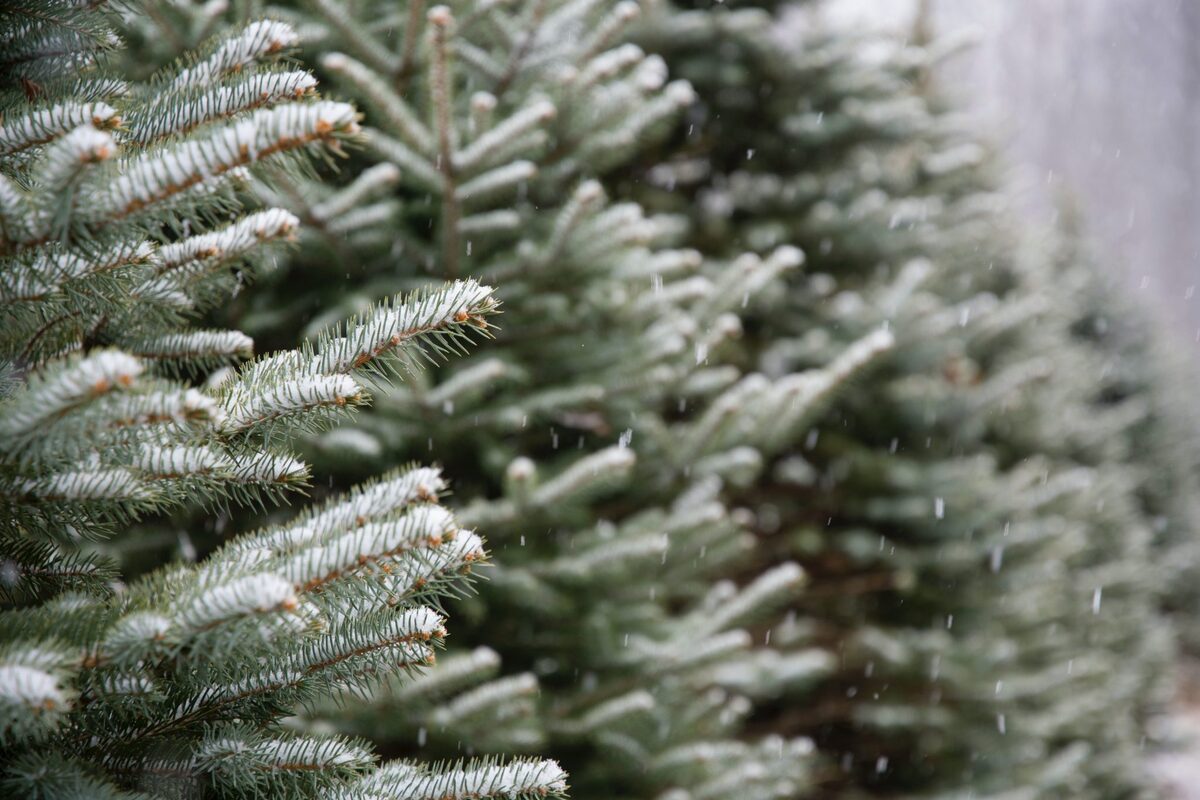

Latest News
Which Country Is The Largest Exporter Of Christmas Trees?
Modified: January 22, 2024
Find out the latest news on which country holds the title of being the largest exporter of Christmas trees. Discover the top exporter and their impressive statistics.
(Many of the links in this article redirect to a specific reviewed product. Your purchase of these products through affiliate links helps to generate commission for Chicagolandgardening.com, at no extra cost. Learn more)
Table of Contents
Introduction
Christmas trees have become a beloved symbol of the holiday season, adorning homes and public spaces with their festive beauty. But have you ever wondered where these trees come from and how they end up in your living room? The global trade of Christmas trees plays a significant role in fulfilling the demand for this seasonal decoration.
The tradition of using evergreen trees to celebrate the winter season dates back centuries, with the ancient Egyptians, Romans, and Vikings all incorporating these trees into their winter festivals. However, it was in Germany during the 16th century that the first decorated Christmas tree as we know it today is said to have originated.
As Christmas tree decorations spread throughout Europe, the demand for these trees grew, leading to the development of a global trade. Nowadays, Christmas trees are grown in various countries around the world, making their way to households in different parts of the globe.
The global Christmas tree trade involves various factors, such as climate suitability, tree species, transportation logistics, and market demand. Countries with suitable climates and abundant land resources for growing trees have taken advantage of this market opportunity by becoming exporters of Christmas trees.
In this article, we will explore the top Christmas tree exporting countries and delve into the question of which country holds the title for the largest exporter of Christmas trees. We will also uncover some interesting insights into the factors that influence the exports of these evergreen beauties.
So, join us on this journey as we delve into the fascinating world of Christmas tree exports and discover the country that takes the crown as the largest exporter of these cherished symbols of the holiday season.
History of Christmas Trees
The tradition of using evergreen trees during winter festivals dates back thousands of years. Ancient Egyptians, Romans, and Vikings all incorporated evergreen branches into their celebrations of winter solstice, symbolizing life and fertility amidst the cold and darkness.
However, it was in Germany during the 16th century that the modern-day Christmas tree as we know it took shape. According to legend, Protestant reformer Martin Luther was captivated by the beauty of the stars twinkling through the branches of an evergreen tree. Wanting to recreate this enchanting scene, he brought an evergreen tree into his home and adorned its branches with lit candles.
As the custom of decorating Christmas trees in homes spread throughout Germany, it eventually gained popularity in other parts of Europe. By the 19th century, Christmas trees had become a common sight in many European households.
The tradition of Christmas trees was introduced to North America by German settlers in the 18th century. Initially, it was limited mainly to German communities, but it gradually gained wider acceptance and became a staple in American homes.
The popularity of Christmas trees received a significant boost in 1848 when an illustration depicting Queen Victoria and Prince Albert with their Christmas tree was published in a London newspaper. The image captured the public’s imagination, and soon, the Christmas tree became a fashionable trend amongst the British aristocracy.
With the invention of electric Christmas lights in the late 19th century, the use of lit candles on trees was gradually replaced, making the trees safer and more accessible to a wider audience.
Over the years, Christmas tree traditions and decorations have evolved, reflecting cultural and regional influences. From the classic ornaments and strings of lights to unique themes and creative designs, each Christmas tree brings its own charm and personal touch to holiday celebrations.
Today, the tradition of Christmas trees has spread worldwide, with various countries embracing and adapting the custom according to their own cultural and religious practices. It has become a symbol of joy, togetherness, and the spirit of the holiday season.
The Global Christmas Tree Trade
The demand for Christmas trees has fueled a thriving global trade industry. Every year, millions of trees are harvested, transported, and sold to homes and businesses around the world.
The global Christmas tree trade involves a complex network of growers, distributors, and retailers. Christmas trees are grown in various countries, taking advantage of specific climate conditions, soil types, and tree species that thrive in those regions.
Once the trees are harvested, they undergo a process of preparation and packaging to ensure their freshness and quality during transportation. They are carefully wrapped in protective coverings and secured onto trucks or shipping containers for transportation to local markets or to be exported to other countries.
The logistics involved in the global Christmas tree trade are extensive, with transportation methods ranging from land to sea. Trucks, trains, and ships are utilized to transport trees from production areas to various destination points. Speed and freshness are key considerations to ensure that the trees reach their intended markets in prime condition.
During the holiday season, retailers and Christmas tree lots become bustling hubs where consumers can choose from a wide variety of trees. From small tabletop trees to towering giants, there is a tree to cater to every preference and space requirement.
The global trade in Christmas trees not only provides a source of income for growers and businesses involved in the industry but also contributes to local economies. It creates job opportunities during the tree growing, harvesting, and selling process, as well as in ancillary industries such as transportation, packaging, and tree decorations.
Additionally, the global Christmas tree trade fosters cultural exchange as different countries adopt and adapt their own traditions and decorating styles. It brings people together in a shared celebration and adds a touch of charm and enchantment to holiday festivities around the world.
However, it is important to note that the Christmas tree trade industry is not without its environmental considerations. Sustainable practices, such as replanting and responsible land management, are crucial to ensure the long-term health and vitality of the forests and ecosystems from which these trees are sourced.
In the next section, we will explore the factors that influence Christmas tree exports and delve into the top Christmas tree exporting countries around the world.
Factors Affecting Christmas Tree Exports
Several factors come into play when it comes to the export of Christmas trees. These factors can vary from country to country and have a significant impact on the success of their exports. Let’s explore some of the key factors influencing the Christmas tree trade:
- Climate Suitability: Different tree species have specific climate requirements for healthy growth. Countries with suitable climates for growing Christmas trees are more likely to engage in exports. Cold regions with adequate rainfall and well-drained soil are preferred for the cultivation of evergreen trees.
- Tree Species: The choice of tree species affects export opportunities. The most commonly exported Christmas tree species include the Fraser fir, Douglas fir, noble fir, and Norway spruce. Each species has its unique characteristics, such as needle retention, fragrance, and overall appearance, which influence buyer preferences.
- Market Demand: The demand for Christmas trees varies from region to region. Countries with high demand for trees, either domestically or for export, are more likely to invest resources in tree production. Factors such as cultural traditions, population size, and economic conditions influence the demand for Christmas trees in a particular market.
- Quality Standards: Maintaining high-quality standards is crucial for successful exports. Trees that meet specific criteria, including size, shape, color, and overall freshness, are more likely to be accepted in the international market. Adhering to quality control measures ensures customer satisfaction and fosters long-term relationships with buyers.
- Logistics and Transportation: The efficient transport of Christmas trees from production areas to export destinations is essential. Access to well-established transportation networks, including roads, railways, and ports, plays a significant role in determining a country’s export capabilities. Timely and efficient delivery is vital to preserve the freshness and longevity of the trees.
- Economic Factors: The economic viability of exporting Christmas trees depends on various factors such as labor costs, production expenses, and exchange rates. Countries with lower production costs and favorable exchange rates may have a competitive advantage in the global market.
These factors, combined with effective marketing strategies and strong industry collaborations, contribute to the success of Christmas tree exports. It is a delicate balance of meeting market demand, ensuring quality, and maintaining sustainable practices that allows countries to thrive in this festive trade.
In the next section, we will unveil the top Christmas tree exporting countries and reveal which country holds the title of the largest exporter of Christmas trees.
Top Christmas Tree Exporting Countries
The global Christmas tree trade is dominated by several key countries that have established themselves as major exporters. These countries have the necessary resources, climate conditions, and expertise to meet the demand for Christmas trees. Let’s take a closer look at some of the top Christmas tree exporting countries:
- Denmark: Denmark is renowned for its high-quality Christmas trees and has consistently been one of the top exporting countries. The country’s location in Northern Europe provides ideal conditions for growing fir and spruce trees, which are popular choices for Christmas decorations.
- Canada: With its vast forests and favorable climate, Canada has become a significant player in the Christmas tree export market. The country primarily exports balsam fir, Fraser fir, and spruce trees to various international destinations, including the United States.
- United States: The United States is both a major producer and exporter of Christmas trees. Different regions of the country cultivate various tree species, including Douglas fir, noble fir, and Virginia pine. States such as Oregon, North Carolina, and Michigan are renowned for their Christmas tree production.
- Norway: Norway is known for its abundant forests and picturesque landscapes, making it an excellent location for Christmas tree production. The country’s exports of spruce and pine trees are highly regarded for their quality and durability.
- Germany: Germany has a rich history and tradition of Christmas tree cultivation. The country produces a wide variety of trees, including Nordmann fir, Blue spruce, and Norway spruce. Germany not only meets domestic demand but also exports its trees to neighboring countries.
These countries excel in meeting the requirements of the Christmas tree market, combining factors such as suitable climates, high-quality standards, and efficient transportation networks. However, it’s important to note that the top exporting countries may vary from year to year due to factors such as market demand and industry trends.
Now, let’s reveal which country holds the title for being the largest exporter of Christmas trees.
Which Country is the Largest Exporter of Christmas Trees?
When it comes to the title of the largest exporter of Christmas trees, Denmark takes the crown. Despite its relatively small size, Denmark has emerged as a powerhouse in the global Christmas tree trade.
Denmark’s success as the largest exporter can be attributed to several factors. The country’s favorable climate, with cold winters and mild summers, provides ideal conditions for growing Christmas tree species such as Nordmann fir and Danish spruce.
In addition to its climate suitability, Denmark has a long-standing tradition of expertise in forestry and horticulture. Danish Christmas tree growers have honed their skills over generations, ensuring that their trees meet high-quality standards and customer expectations.
Furthermore, Denmark has established a well-developed infrastructure for the Christmas tree trade. The country has efficient logistics networks that facilitate the timely transportation of trees to various international markets. This enables Danish exporters to ensure the freshness and longevity of their trees during shipping.
Denmark’s commitment to sustainable and environmentally friendly practices has also contributed to its success in the Christmas tree export market. The country places a strong emphasis on responsible forest management, ensuring the long-term health and viability of its forests.
While Denmark may hold the title of the largest exporter, other countries such as Canada, the United States, Norway, and Germany are close contenders in the global Christmas tree trade. These countries have their respective strengths in terms of tree varieties, production capacity, and market reach.
It’s important to note that the title of the largest exporter may vary from year to year, depending on several factors such as market demand, production levels, and industry dynamics. Countries must continuously adapt to changing market conditions to maintain their position in the competitive Christmas tree export market.
Regardless of which country holds the top spot, the global Christmas tree trade serves to bring joy and festive cheer to millions of households around the world. The efforts of these exporting countries ensure that families can continue the beloved tradition of decorating a beautiful Christmas tree during the holiday season.
Conclusion
The global Christmas tree trade is a fascinating industry that brings joy, tradition, and economic benefits to countries around the world. From its ancient origins to the modern-day market, Christmas trees have captured the hearts of people from various cultures and backgrounds.
We explored the history of Christmas trees, tracing their roots back to ancient civilizations and highlighting how the tradition evolved into what we know today. The global Christmas tree trade has also opened up opportunities for countries to become key players in the export market, meeting the demand for these festive symbols.
Factors such as climate suitability, tree species, market demand, quality standards, logistics, transportation, and economic factors all play a significant role in determining a country’s success in the Christmas tree export industry. Countries like Denmark, Canada, the United States, Norway, and Germany have emerged as prominent exporters due to their strengths in these areas.
While Denmark holds the title of the largest Christmas tree exporter, the landscape of the industry is ever-changing. Other countries are close contenders, and shifts in market demand and production levels can impact which country takes the lead each year.
Regardless of who holds the top spot, it is evident that the global Christmas tree trade fosters joy, togetherness, and cultural exchange. The tradition of bringing a beautifully decorated tree into our homes during the holiday season has become a cherished tradition in many households worldwide.
As we prepare to celebrate the upcoming holiday season, let us appreciate the effort and dedication of the growers, distributors, and retailers involved in the global Christmas tree trade. Their work ensures that we can continue to enjoy the magic and beauty of these evergreen symbols of the season.
So, whether you choose a tree from the largest exporter or a local grower, may your Christmas tree bring warmth, happiness, and cherished memories to your celebrations, filling your home with the spirit of the holiday season.
